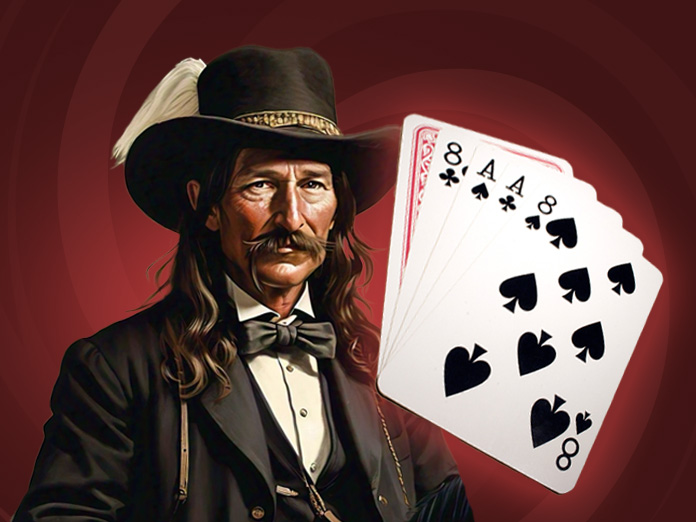When it comes to poker strategy, the cards you have are only one piece of the jigsaw. The best players don’t simply know how to do arithmetic well; they also know how to play mind games. Being able to trick your opponents on purpose is a talent that sets the good apart from the great. To win pots, no matter how strong your hand is, you need to make up a fake story, change how others see things, and use your opponent’s preconceptions against them.
Making a Believable Story
At its most basic level, poker deceit generally begins with a bluff, which is a stake or raise made with a weaker hand to get a better hand to fold. But a good bluff isn’t simply a random act of deceit; it’s a well-thought-out strategy. You need to behave in a way that makes sense for the powerful hand you are claiming to have from the time you get the cards until the river. If you’ve been playing quietly and then suddenly make a big stake on the last card, your opponents may not believe you.
Some advanced ways to bluff are:- The Semi-Bluff: This is a wager with a hand that isn’t particularly good right now but might become better, like a flush or straight draw. You can win in two ways: your opponent can fold right away, or you might hit your draw on a later street.
- The Double-Barrel and Triple-Barrel Bluff: These are when you keep being aggressive by playing on the turn (double-barrel) and even the river (triple-barrel). Use this high-risk, high-reward approach against players you think will surely fold, as it puts a lot of pressure on your opponents.
Changing the Way Others See You
Another strong way to bluff is to use your “table image,” or how others see you at the table. How your opponents see you—whether as a tight, cautious player or a loose, aggressive one—affects how they respond to your wagers.
If you exclusively play powerful hands to build a tight image, your bluffs will be far more believable when you ultimately decide to make one. Your opponents will be more inclined to appreciate you and fold. If you get caught bluffing, however, it’s not necessarily a terrible thing.
Using a Strong Hand to Fool Others
Deception isn’t only for when you have a poor hand. When you hold a really powerful hand and wager weakly or only check, you are slow-playing. The idea is to get your opponents to wager for you or catch up to a worse hand. This trick hides how strong your hand is and may help you win a much bigger prize. But you have to be careful since occasionally handing away free or inexpensive cards will let your opponent draw out and defeat you.
Conclusion
To be good at bluffing in poker, you have to know how to play the player, not just the cards. It takes a lot of thought, time, and risk to do it right. You may make your opponents doubt and create confusion by learning when to place your stakes, planting misleading information, and changing how you look at the table. This skill of being able to manage the game on PokerCircle and use your opponents’ views to your advantage is what separates basic players who just learn the poker game rules from ones who really know how to play the game like pros.

